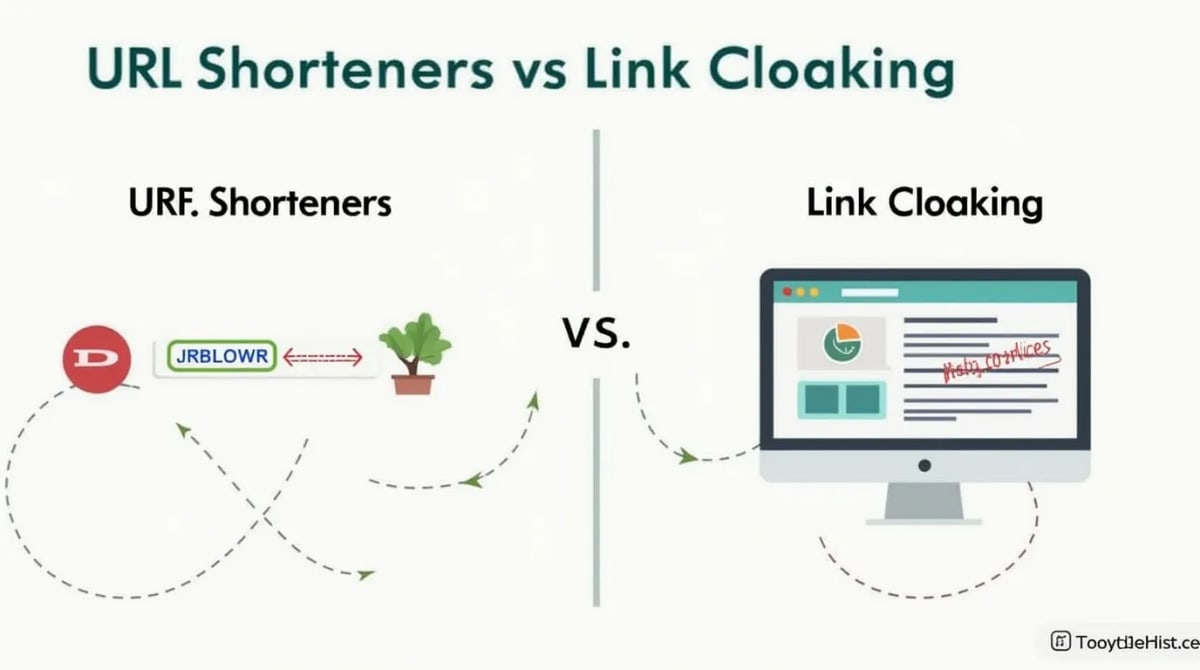
Scaling Websites for High Traffic
Last updated on: June 28, 2025
Understanding Website Scaling
Website scaling refers to enhancing a website's ability to handle increasing numbers of visitors without compromising performance. This is crucial for businesses experiencing traffic surges due to campaigns, events, or organic growth. Learn about maintaining performance with URL tracking and analytics.
Types of Scaling
Vertical Scaling
Involves adding more resources (CPU, RAM) to your existing server. Ideal for small to medium traffic
increases. Discover more about efficient scaling in this blog post on tools.
Horizontal Scaling
Adds more servers to distribute the load. Perfect for handling massive traffic volumes. Learn how to
optimize server setups in our analytics post.
Best Practices for Scaling Websites
Using Content Delivery Networks (CDNs)
CDNs store and serve cached copies of your website from servers worldwide, reducing latency. Explore Cloudflare for CDN
solutions.
Implementing Load Balancers
Load balancers distribute incoming traffic evenly across multiple servers. This prevents any single
server from becoming overwhelmed.
Monitoring and Performance Optimization
Real-Time Monitoring
Tools like New Relic and Datadog help track performance issues in real-time. These insights enable quick
problem resolution.
Optimizing Database Queries
Inefficient database queries can slow down high-traffic websites. Use indexing and caching to enhance
performance. Check out this guide on Python optimization.
Using Scalable Architecture
Microservices Architecture
Splitting functionalities into microservices allows scaling individual parts of the application
independently. Learn more in this comparison post.
Cloud-Based Solutions
Platforms like AWS, Azure, and Google Cloud offer scalable infrastructure tailored for high-traffic
websites.
Security Considerations
Protecting Against DDoS Attacks
High-traffic websites are common targets for Distributed Denial of Service (DDoS) attacks. Utilize
services like AWS
Shield to mitigate threats.
Using HTTPS and Secure Authentication
HTTPS ensures secure communication, while strong authentication prevents unauthorized access. Learn more
about online security in this article on secure URL shortening.
Preparing for Traffic Spikes
Stress Testing
Simulate high-traffic scenarios using tools like Apache JMeter or LoadRunner to identify bottlenecks.
Implementing Auto-Scaling
Configure auto-scaling rules to dynamically adjust server resources based on traffic patterns. Read
about its application in this beginner’s guide.












